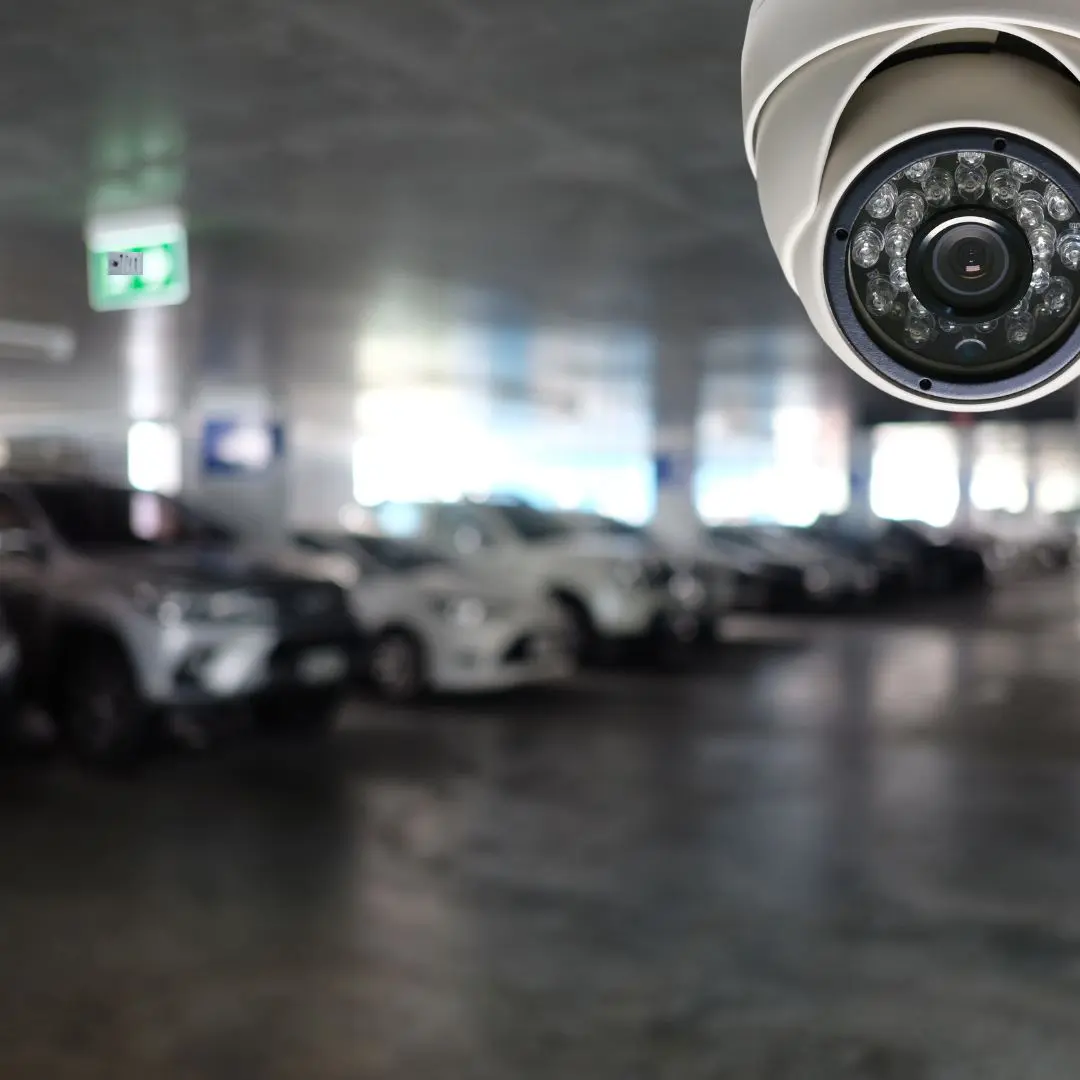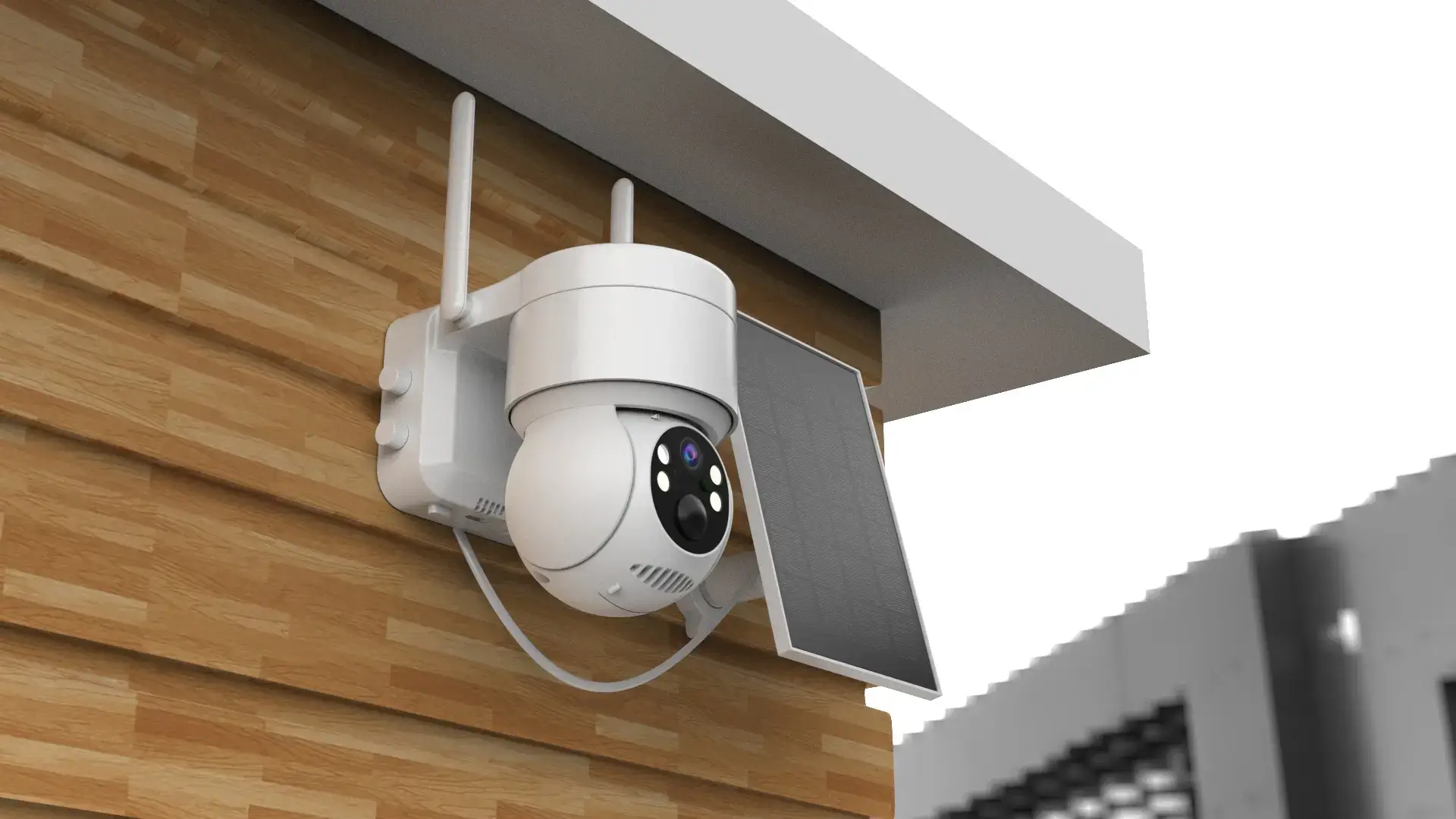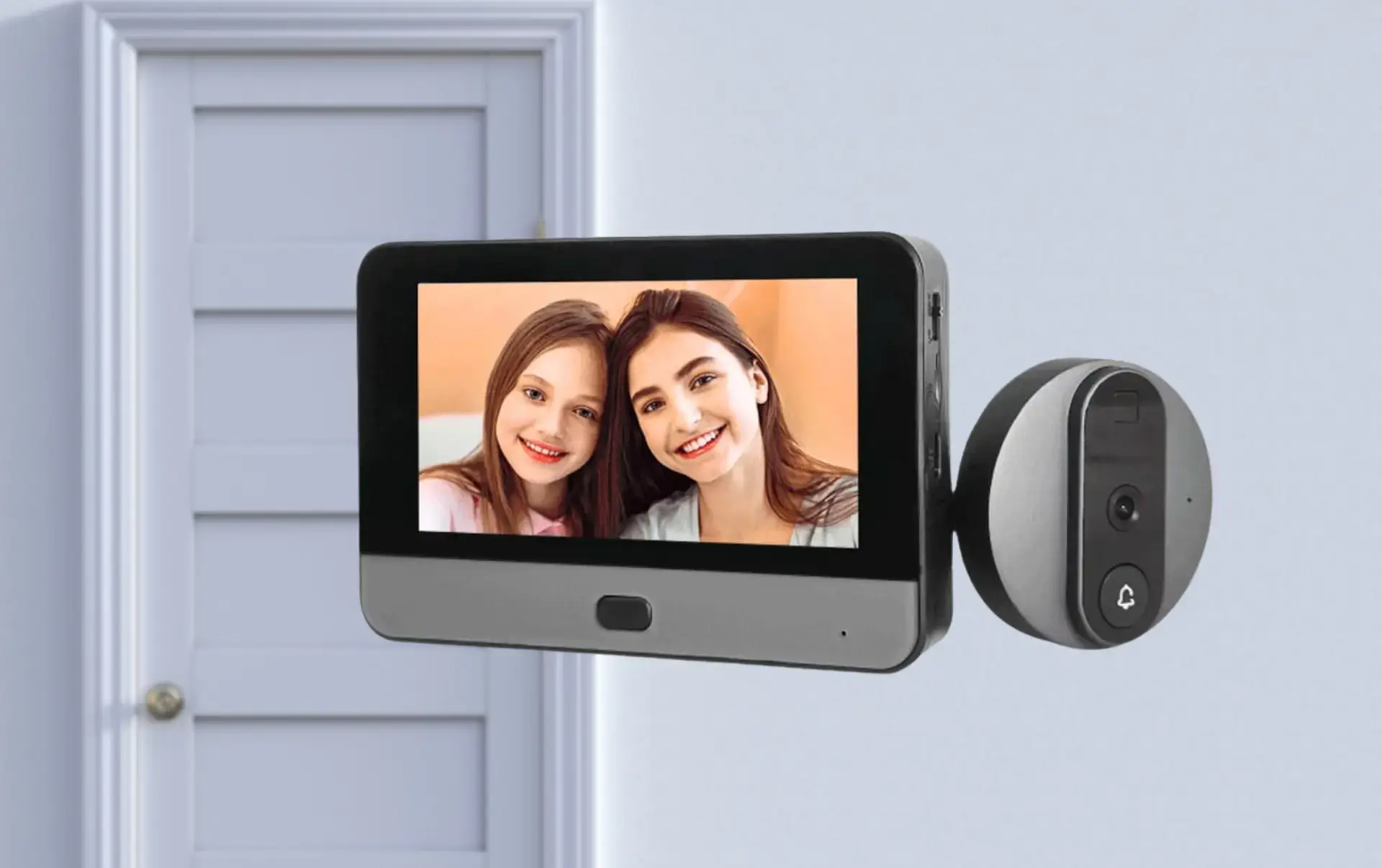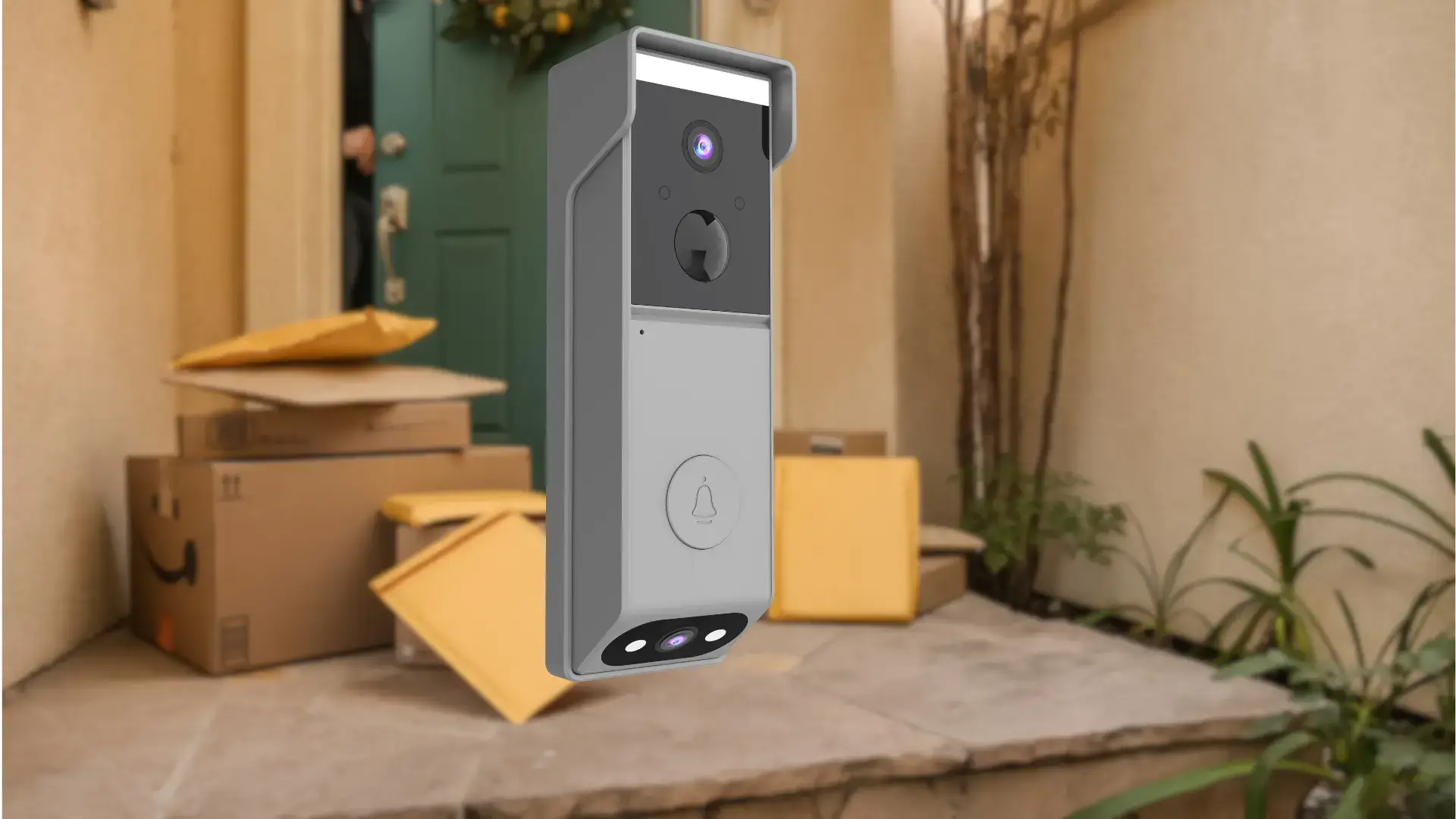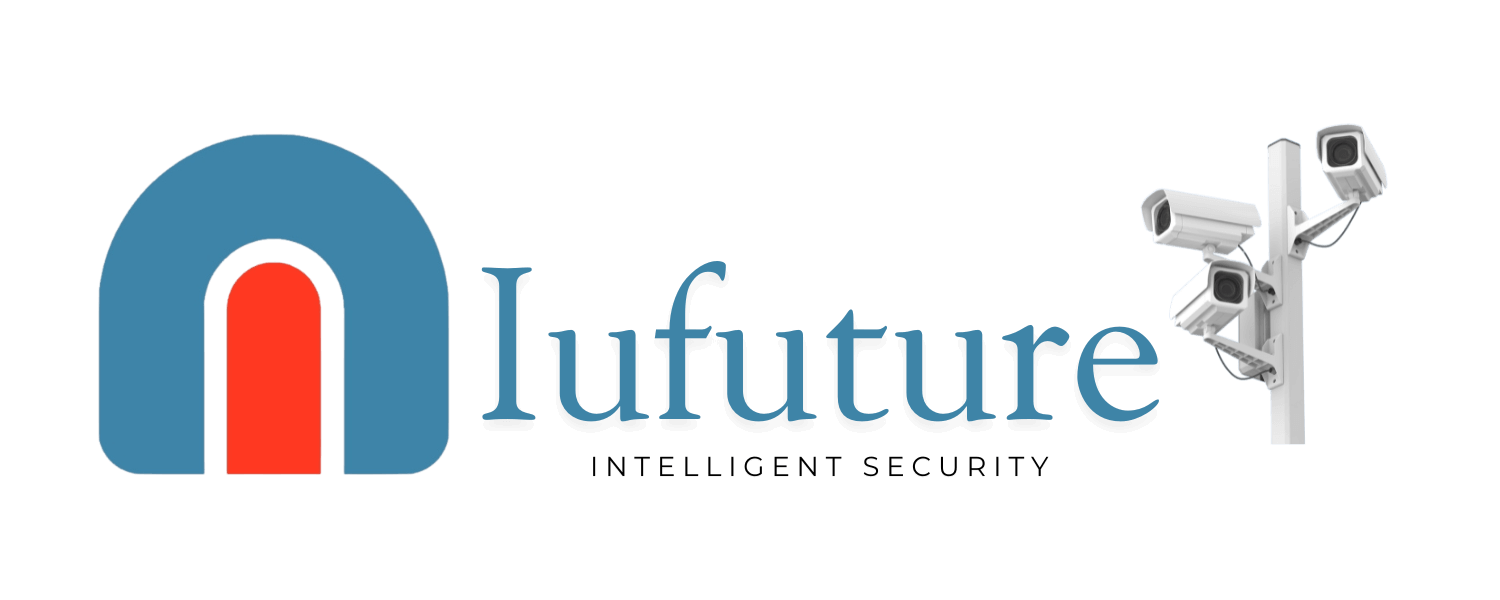In today’s fast-paced world, we’re constantly searching for ways to make life easier, more efficient, and more convenient. Enter the era of smart homes—a technological revolution that is transforming how we live. With the advent of the Internet of Things (IoT), smart devices have become more accessible, affordable, and integrated into our daily routines. But what exactly is a smart home, and how can it enhance your lifestyle?
A smart home is a residence equipped with internet-connected devices that allow you to remotely control and automate various functions within your home. These devices can range from smart lighting, thermostats, and security cameras to voice-controlled assistants, doorbells, and even appliances like refrigerators and washing machines. Through an interconnected network, these devices offer a seamless, integrated experience that can improve convenience, energy efficiency, and security.
One of the key benefits of a smart home is the increased level of convenience it provides. Imagine walking into your home after a long day, and as soon as you step inside, the lights automatically turn on, your thermostat adjusts to your preferred temperature, and your favorite music starts playing through the speakers. This level of automation can significantly improve your quality of life, making day-to-day tasks simpler and less time-consuming.
Smart homes also offer greater energy efficiency. With devices like smart thermostats and lighting systems, you can control the temperature and lighting based on your schedule. For instance, you can program your thermostat to lower the temperature while you’re away, ensuring that you’re not wasting energy on heating or cooling an empty house. Similarly, smart lights can be set to turn off automatically when you leave a room, or they can be dimmed for energy savings, all contributing to reduced energy consumption and lower utility bills.
Security is another area where smart home technology excels. Traditional home security systems require manual operation and monitoring, which can be inconvenient and prone to human error. With smart security cameras, doorbell cameras, and motion sensors, you can remotely monitor your home 24/7 from your smartphone or computer. These devices provide real-time alerts and footage, allowing you to check in on your home whether you’re at work, on vacation, or running errands. Furthermore, some systems can even send notifications if they detect unusual activity, such as an intruder or a package delivery, giving you peace of mind.
Beyond security, smart home technology can also improve your home’s functionality. From intelligent kitchen appliances like ovens that can be preheated remotely, to robotic vacuum cleaners that can clean your floors on a schedule, the integration of smart devices allows you to enjoy a more hands-free living environment. And the best part? Many smart home systems are compatible with voice assistants like Amazon Alexa, Google Assistant, or Apple Siri, enabling you to control various devices through simple voice commands.
The potential of smart home technology is constantly expanding, with new devices and innovations emerging regularly. As smart home ecosystems continue to grow, the opportunities for customization and integration are vast. For example, you can link your smart lights to your entertainment system, setting the mood for movie nights with dimmed lights and your favorite playlist playing. Or, you can sync your home’s security system with your smart locks, allowing you to remotely grant access to trusted guests or service providers.
Moreover, smart homes have the ability to grow with you. As your needs change or as new technologies are introduced, you can easily add new devices and features to your home. Whether it’s upgrading to a smarter security system or installing an automated garden irrigation system, the flexibility of a smart home ensures that your space remains dynamic and adaptable.
In essence, the smart home revolution is all about making your life easier, safer, and more efficient. It’s about giving you more control over your environment, optimizing your energy usage, and creating a home that works for you. But what about the challenges? Despite the many benefits, there are still some hurdles to overcome, and it’s essential to understand both the advantages and potential drawbacks of embracing smart home technology.
While the rise of smart homes promises a wealth of benefits, there are some concerns that homeowners should consider before diving in. One of the primary issues revolves around privacy and data security. Since smart devices are connected to the internet and collect data on your daily habits and preferences, there’s a risk that your personal information could be compromised if a device is hacked or improperly secured.
It’s important to choose devices that prioritize security and to ensure that your home network is protected with strong passwords and encryption. Many manufacturers have enhanced the security of their products with features like two-factor authentication and regular software updates, which can help mitigate these risks. However, it’s essential for consumers to stay informed and take steps to protect their data.
Another challenge is compatibility. Not all smart home devices work seamlessly with one another, and some may require specific hubs or apps to function. For example, certain smart lights may only be compatible with Amazon Alexa, while others may work best with Google Assistant. To avoid frustration, it’s crucial to do research and ensure that the devices you choose will work together to form a cohesive system. Fortunately, many manufacturers are now offering smart hubs and platforms that integrate multiple devices into a single ecosystem, making it easier to control everything from one central point.
There is also the issue of cost. While smart devices have become more affordable over the years, outfitting your entire home with smart technology can still be an expensive undertaking. The initial investment for devices like smart thermostats, security cameras, and appliances can add up quickly. However, many people find that the long-term benefits—such as reduced energy bills, increased home value, and enhanced security—justify the upfront costs. Plus, as the demand for smart devices increases, prices are likely to continue falling, making smart homes more accessible to a wider audience.
Despite these challenges, the future of smart homes is undeniably bright. With constant advancements in AI, IoT, and machine learning, smart devices are becoming more intuitive, personalized, and capable of anticipating our needs. Imagine a home that learns your routine and adjusts the lighting, temperature, and entertainment based on your preferences without you even having to lift a finger.
Smart homes are also paving the way for greater sustainability. By enabling homeowners to monitor and reduce their energy consumption, these technologies can contribute to more environmentally friendly living. For example, smart irrigation systems can help conserve water by adjusting watering schedules based on weather conditions, and solar-powered smart homes can generate and store renewable energy, reducing their reliance on the grid.
In conclusion, smart home technology is revolutionizing the way we live, offering us unprecedented convenience, security, and energy efficiency. While there are still challenges to consider, the advantages far outweigh the drawbacks, making smart homes an exciting prospect for the future. As technology continues to evolve, the possibilities for smart homes are limitless, and the way we interact with our living spaces will continue to evolve for the better. Whether you’re looking to enhance your home’s security, improve energy efficiency, or simply enjoy a more comfortable and convenient lifestyle, smart home technology has the potential to transform your life in ways you never imagined.

